VSCode 2 - Workbench Contributions
Visual Studio Code's architecture is a masterclass in building extensible software. One of its most powerful concepts is the Workbench Contribution system, which allows features to initialize at specific times during startup. This article explores how VSCode uses registerWorkbenchContribution2 to create a responsive, modular editor that loads efficiently. The Problem: Startup Performance vs. Feature Richness Modern code editors need to balance two competing requirements: Fast startup: Users expect the editor to open quickly Rich features: Users want powerful functionality If all features initialize simultaneously at startup, the editor becomes slow to load. But if features aren't ready when needed, the user experience suffers. VSCode's Solution: Phased Initialization VSCode solves this with a system that loads features in phases, using registerWorkbenchContribution2. This function registers components to be initialized at specific points in the startup sequence. Here's a simple example: class GitStatusFeature implements IWorkbenchContribution { static ID = 'workbench.contrib.gitStatus'; constructor( @IGitService private gitService: IGitService ) { // Initialization code runs when this component is created console.log('Git status feature initialized'); } } // Register to run during the AfterRestored phase registerWorkbenchContribution2( GitStatusFeature.ID, GitStatusFeature, WorkbenchPhase.AfterRestored ); Understanding the Workbench Phases VSCode defines four main phases for workbench contributions: export const enum WorkbenchPhase { // Very early in startup - blocks the UI from showing BlockStartup = LifecyclePhase.Starting, // Services are ready, UI is about to restore - blocks UI BlockRestore = LifecyclePhase.Ready, // Views, panels and editors have restored AfterRestored = LifecyclePhase.Restored, // After everything else (2-5 seconds after startup) Eventually = LifecyclePhase.Eventually } How It Works: The Lifecycle When VSCode starts: The workbench begins initialization Each lifecycle phase is reached sequentially When a phase is reached, all contributions registered for that phase are created The constructor of each contribution runs, initializing the feature Here's a visual representation of the process: ┌─────────────────┐ │ VSCode │ │ Startup │ └────────┬────────┘ │ ▼ ┌─────────────────┐ │ BlockStartup │──┐ └────────┬────────┘ │ │ │ Create contributions │ │ registered for │ │ BlockStartup ▼ │ ┌─────────────────┐ │ │ BlockRestore │──┤ └────────┬────────┘ │ │ │ Create contributions │ │ registered for │ │ BlockRestore ▼ │ ┌─────────────────┐ │ │ AfterRestored │──┤ └────────┬────────┘ │ │ │ Create contributions │ │ registered for │ │ AfterRestored ▼ │ ┌─────────────────┐ │ │ Eventually │──┘ └─────────────────┘ Create contributions registered for Eventually The Connection: with Dependency Injection Workbench contributions leverage VSCode's dependency injection system. When a contribution is instantiated, its dependencies are automatically resolved: class SearchFeature implements IWorkbenchContribution { static ID = 'workbench.contrib.search'; constructor( @ISearchService private searchService: ISearchService, @IWorkspaceService private workspaceService: IWorkspaceService ) { // Both services are automatically injected } } This creates a powerful pattern where: Services are registered with registerSingleton Features are registered with registerWorkbenchContribution2 Services are automatically injected into features Features initialize at the appropriate time The Power of Disposable Another key aspect of workbench contributions is resource management through the Disposable class and its _register method. A simple implementation of Disposable looks like this: class Disposable { private _toDispose = new Set(); protected _register(disposable: T): T { this._toDispose.add(disposable); return disposable; } dispose(): void { for (const disposable of this._toDispose) { disposable.dispose(); } this._toDispose.clear(); } } Most workbench contributions extend this class: class EditorFeature extends Disposable implements IWorkbenchContribution { static ID = 'workbench.contrib.editor'; constructor( @IEditorService private editorService: IEditorService ) { super(); // Initialize Disposable // Register event listener for cleanup this._register(editorService.onDidActiveEditorChange(() => { this.updateUI(); })); } private u

Visual Studio Code's architecture is a masterclass in building extensible software. One of its most powerful concepts is the Workbench Contribution system, which allows features to initialize at specific times during startup.
This article explores how VSCode uses registerWorkbenchContribution2 to create a responsive, modular editor that loads efficiently.
The Problem: Startup Performance vs. Feature Richness
Modern code editors need to balance two competing requirements:
- Fast startup: Users expect the editor to open quickly
- Rich features: Users want powerful functionality
If all features initialize simultaneously at startup, the editor becomes slow to load. But if features aren't ready when needed, the user experience suffers.
VSCode's Solution: Phased Initialization
VSCode solves this with a system that loads features in phases, using registerWorkbenchContribution2. This function registers components to be initialized at specific points in the startup sequence.
Here's a simple example:
class GitStatusFeature implements IWorkbenchContribution {
static ID = 'workbench.contrib.gitStatus';
constructor(
@IGitService private gitService: IGitService
) {
// Initialization code runs when this component is created
console.log('Git status feature initialized');
}
}
// Register to run during the AfterRestored phase
registerWorkbenchContribution2(
GitStatusFeature.ID,
GitStatusFeature,
WorkbenchPhase.AfterRestored
);
Understanding the Workbench Phases
VSCode defines four main phases for workbench contributions:
export const enum WorkbenchPhase {
// Very early in startup - blocks the UI from showing
BlockStartup = LifecyclePhase.Starting,
// Services are ready, UI is about to restore - blocks UI
BlockRestore = LifecyclePhase.Ready,
// Views, panels and editors have restored
AfterRestored = LifecyclePhase.Restored,
// After everything else (2-5 seconds after startup)
Eventually = LifecyclePhase.Eventually
}
How It Works: The Lifecycle
When VSCode starts:
- The workbench begins initialization
- Each lifecycle phase is reached sequentially
- When a phase is reached, all contributions registered for that phase are created
- The constructor of each contribution runs, initializing the feature
Here's a visual representation of the process:
┌─────────────────┐
│ VSCode │
│ Startup │
└────────┬────────┘
│
▼
┌─────────────────┐
│ BlockStartup │──┐
└────────┬────────┘ │
│ │ Create contributions
│ │ registered for
│ │ BlockStartup
▼ │
┌─────────────────┐ │
│ BlockRestore │──┤
└────────┬────────┘ │
│ │ Create contributions
│ │ registered for
│ │ BlockRestore
▼ │
┌─────────────────┐ │
│ AfterRestored │──┤
└────────┬────────┘ │
│ │ Create contributions
│ │ registered for
│ │ AfterRestored
▼ │
┌─────────────────┐ │
│ Eventually │──┘
└─────────────────┘ Create contributions
registered for
Eventually
The Connection: with Dependency Injection
Workbench contributions leverage VSCode's dependency injection system. When a contribution is instantiated, its dependencies are automatically resolved:
class SearchFeature implements IWorkbenchContribution {
static ID = 'workbench.contrib.search';
constructor(
@ISearchService private searchService: ISearchService,
@IWorkspaceService private workspaceService: IWorkspaceService
) {
// Both services are automatically injected
}
}
This creates a powerful pattern where:
- Services are registered with
registerSingleton - Features are registered with
registerWorkbenchContribution2 - Services are automatically injected into features
- Features initialize at the appropriate time
The Power of Disposable
Another key aspect of workbench contributions is resource management through the Disposable class and its _register method.
A simple implementation of Disposable looks like this:
class Disposable {
private _toDispose = new Set<IDisposable>();
protected _register<T extends IDisposable>(disposable: T): T {
this._toDispose.add(disposable);
return disposable;
}
dispose(): void {
for (const disposable of this._toDispose) {
disposable.dispose();
}
this._toDispose.clear();
}
}
Most workbench contributions extend this class:
class EditorFeature extends Disposable implements IWorkbenchContribution {
static ID = 'workbench.contrib.editor';
constructor(
@IEditorService private editorService: IEditorService
) {
super(); // Initialize Disposable
// Register event listener for cleanup
this._register(editorService.onDidActiveEditorChange(() => {
this.updateUI();
}));
}
private updateUI(): void {
// Update UI based on editor changes
}
}
When VSCode shuts down or the contribution is no longer needed:
- VSCode calls
dispose()on the contribution - The contribution's
dispose()callsdispose()on all registered disposables - This ensures all resources are properly cleaned up
A Complete Workbench Contribution Example
Let's look at a more complete example:
class FileExplorerFeature extends Disposable implements IWorkbenchContribution {
static ID = 'workbench.contrib.fileExplorer';
// Status bar item we'll create
private statusItem: IStatusbarItem;
constructor(
@IFileService private fileService: IFileService,
@IWorkspaceService private workspaceService: IWorkspaceService,
@IStatusbarService private statusbarService: IStatusbarService
) {
super();
// Create status bar item
this.statusItem = this.statusbarService.createStatusbarItem();
this.statusItem.text = 'Loading...';
this.statusItem.show();
// Register the status item for disposal
this._register(this.statusItem);
// Register workspace folder change listener
this._register(this.workspaceService.onDidChangeWorkspaceFolders(() => {
this.updateFileCount();
}));
// Initial update
this.updateFileCount();
}
private async updateFileCount(): void {
const roots = this.workspaceService.getWorkspace().folders;
if (roots.length === 0) {
this.statusItem.text = 'No folder opened';
return;
}
try {
const files = await this.fileService.listFiles(roots[0].uri);
this.statusItem.text = `Files: ${files.length}`;
} catch (e) {
this.statusItem.text = 'Error counting files';
}
}
}
// Register to initialize after the UI is restored
registerWorkbenchContribution2(
FileExplorerFeature.ID,
FileExplorerFeature,
WorkbenchPhase.AfterRestored
);
This contribution:
- Creates a status bar item showing file count
- Listens for workspace folder changes
- Updates when folders change
- Properly cleans up when disposed
Best Practices for Workbench Contributions
When creating workbench contributions, follow these guidelines:
1. Choose the Right Phase
// Critical functionality - BlockRestore
registerWorkbenchContribution2(
EditorFeature.ID,
EditorFeature,
WorkbenchPhase.BlockRestore
);
// Non-critical enhancement - Eventually
registerWorkbenchContribution2(
CodeMetricsFeature.ID,
CodeMetricsFeature,
WorkbenchPhase.Eventually
);
2. Keep Constructors Fast
constructor(/*...*/) {
super();
// Do minimal work here
this.initialize();
}
private async initialize(): Promise<void> {
// Do heavier initialization asynchronously
}
3. Always Clean Up Resources
constructor(/*...*/) {
super();
// Register everything that needs cleanup
this._register(service.onEvent(() => {}));
this._register(new CustomDisposable());
}
4. Use Event-Based Architecture
constructor(/*...*/) {
super();
// React to events rather than polling
this._register(fileService.onDidFileChange(e => {
if (e.affects(this.currentFile)) {
this.refresh();
}
}));
}
The Benefits of Workbench Contributions
This architecture provides several advantages:
- Performance: Features load only when needed
- Modularity: Each feature is self-contained
- Resource management: Automatic cleanup prevents leaks
- Extensibility: Third-party extensions use the same pattern
Conclusion
VSCode's workbench contribution system represents a sophisticated approach to managing feature initialization in a complex application. By combining phased initialization with dependency injection and automatic resource cleanup, it creates an architecture that's both performant and maintainable.
Understanding this pattern is valuable not just for VSCode extension developers, but for anyone building complex applications that need to balance startup performance with rich functionality. The principles of phased initialization, dependency injection, and automatic resource management can be applied in many contexts to create more responsive and maintainable software.
As you design your own applications, consider how separating initialization into phases might improve both the user experience and code organization. The registerWorkbenchContribution2 pattern demonstrates that with thoughtful architecture, you can have both rich features and good performance.











































































































































































![[The AI Show Episode 143]: ChatGPT Revenue Surge, New AGI Timelines, Amazon’s AI Agent, Claude for Education, Model Context Protocol & LLMs Pass the Turing Test](https://www.marketingaiinstitute.com/hubfs/ep%20143%20cover.png)










































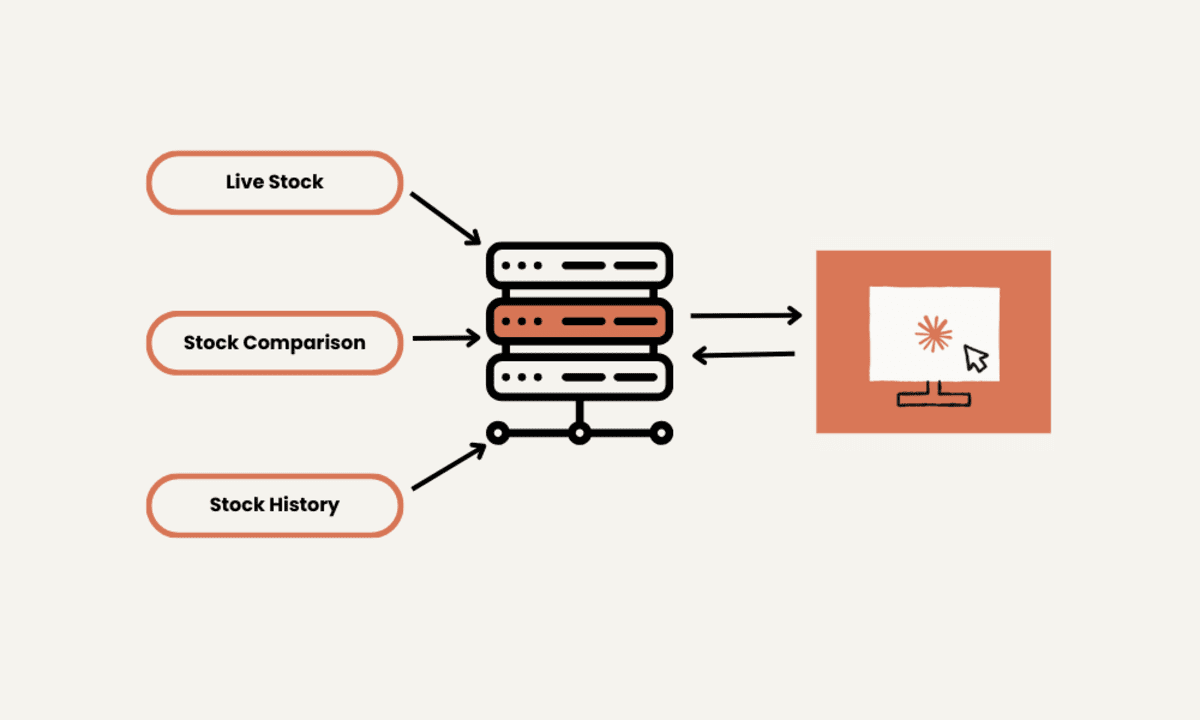


































































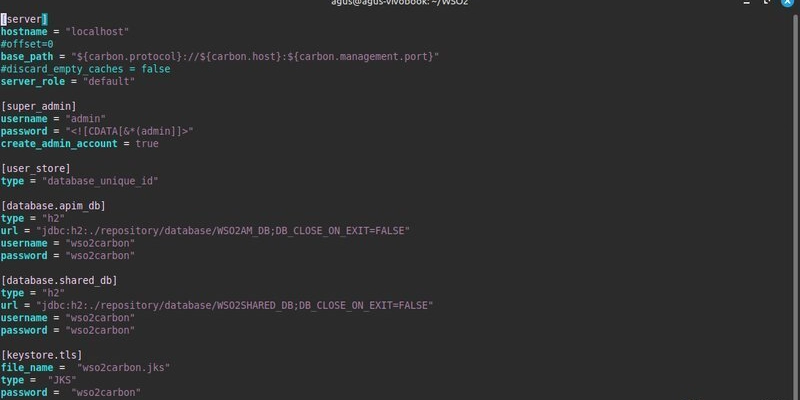





































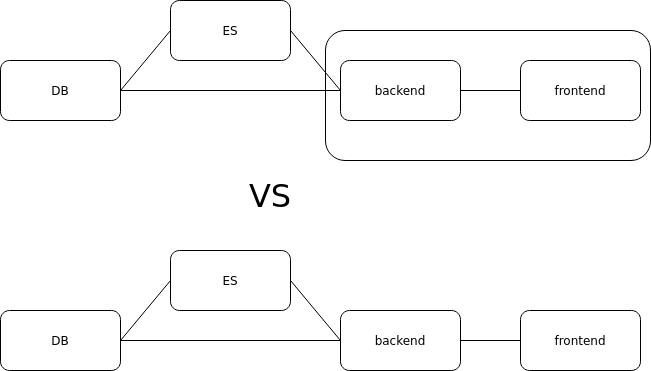
















































































.png?#)






















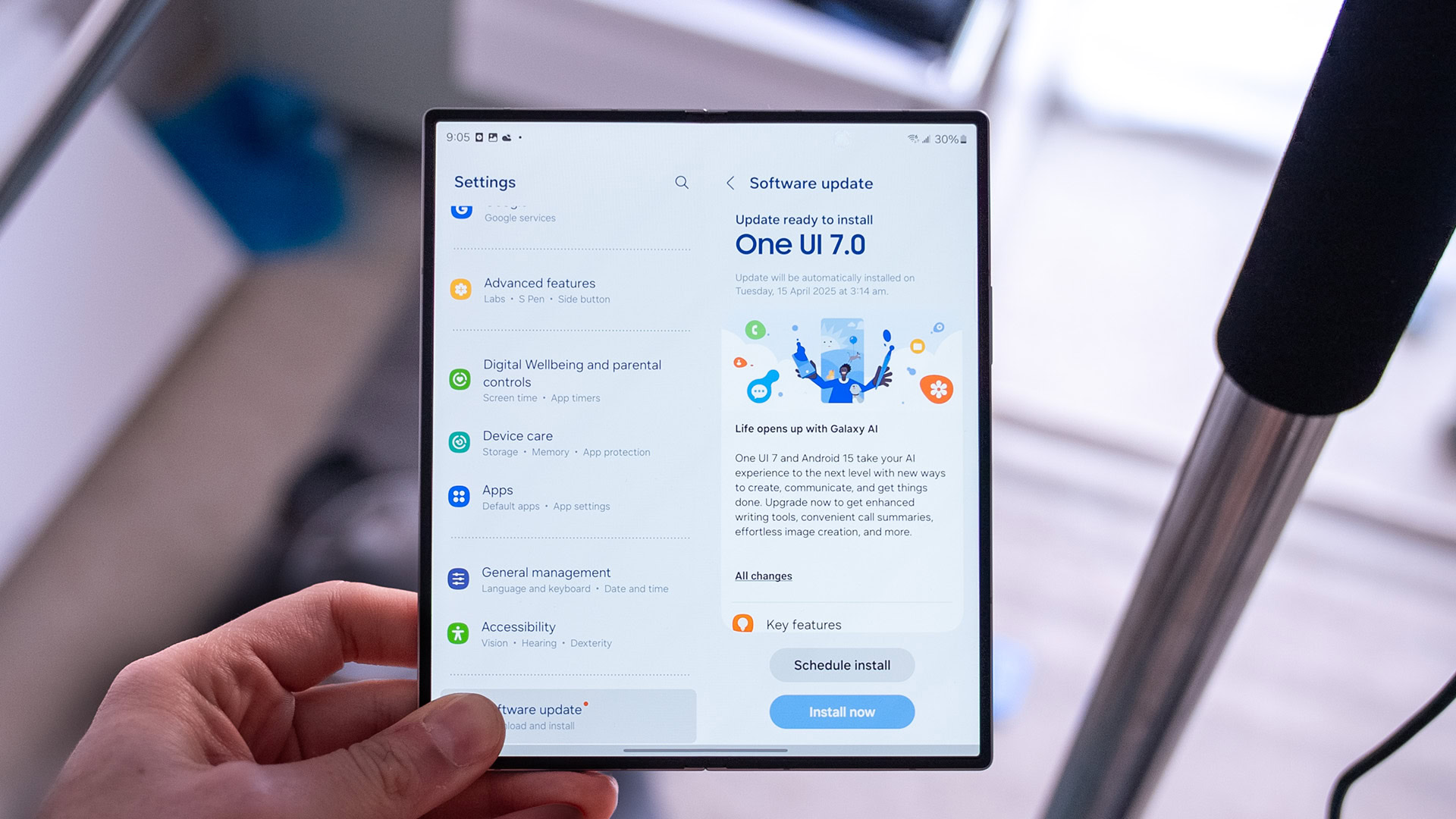


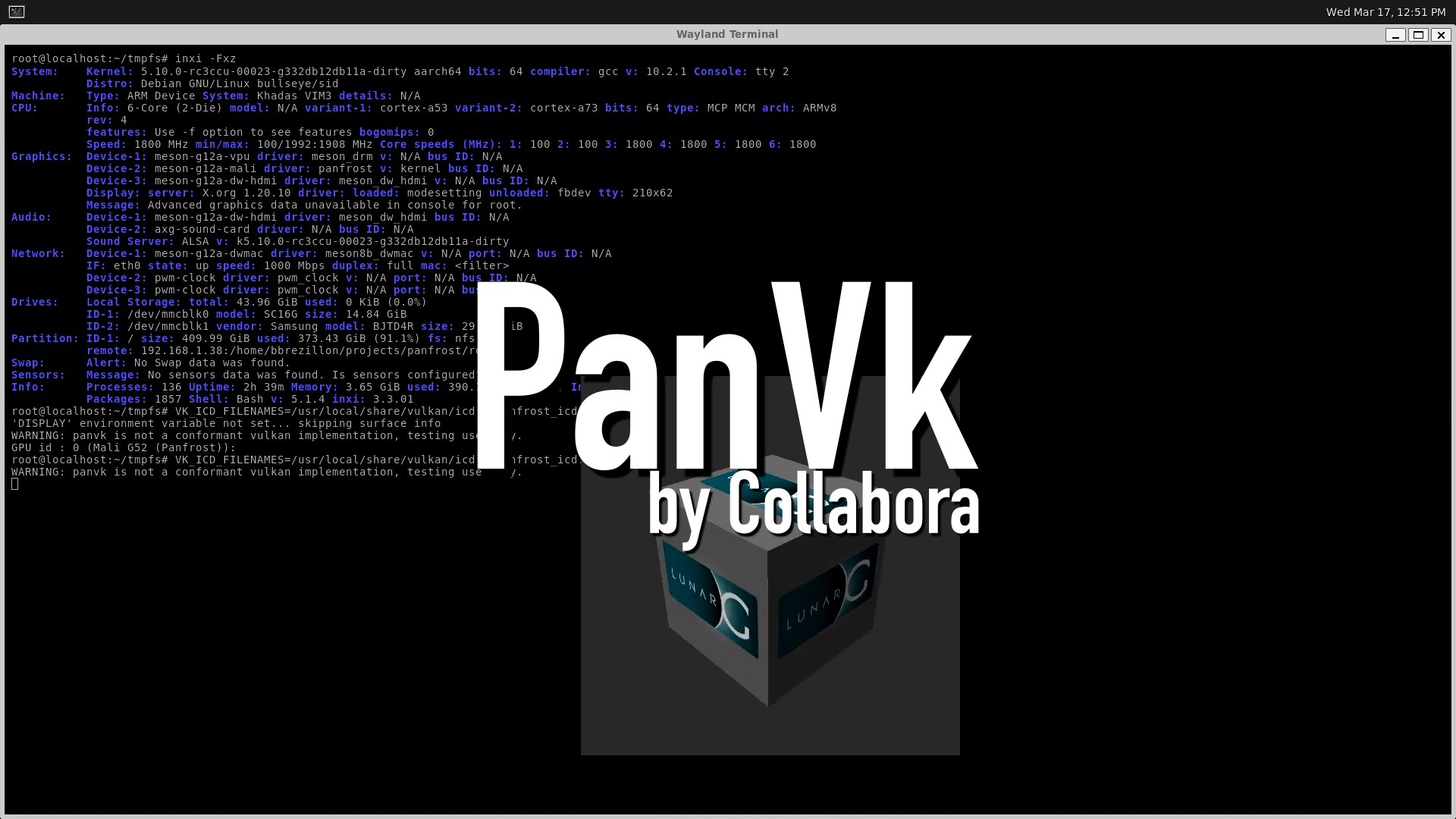










.webp?#)
.webp?#)

























































































![[Fixed] Gemini app is failing to generate Audio Overviews](https://i0.wp.com/9to5google.com/wp-content/uploads/sites/4/2025/03/Gemini-Audio-Overview-cover.jpg?resize=1200%2C628&quality=82&strip=all&ssl=1)

![What’s new in Android’s April 2025 Google System Updates [U: 4/14]](https://i0.wp.com/9to5google.com/wp-content/uploads/sites/4/2025/01/google-play-services-3.jpg?resize=1200%2C628&quality=82&strip=all&ssl=1)











![Apple Seeds tvOS 18.5 Beta 2 to Developers [Download]](https://www.iclarified.com/images/news/97011/97011/97011-640.jpg)
![Apple Releases macOS Sequoia 15.5 Beta 2 to Developers [Download]](https://www.iclarified.com/images/news/97014/97014/97014-640.jpg)




































































































































